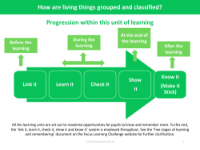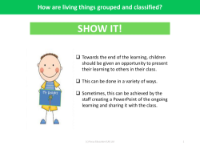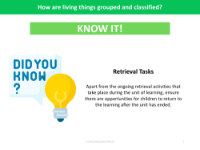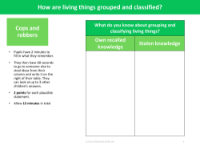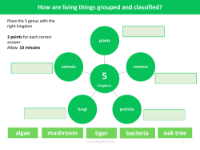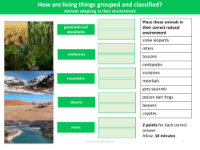Knowledge organiser - Grouping Living Things - Year 6
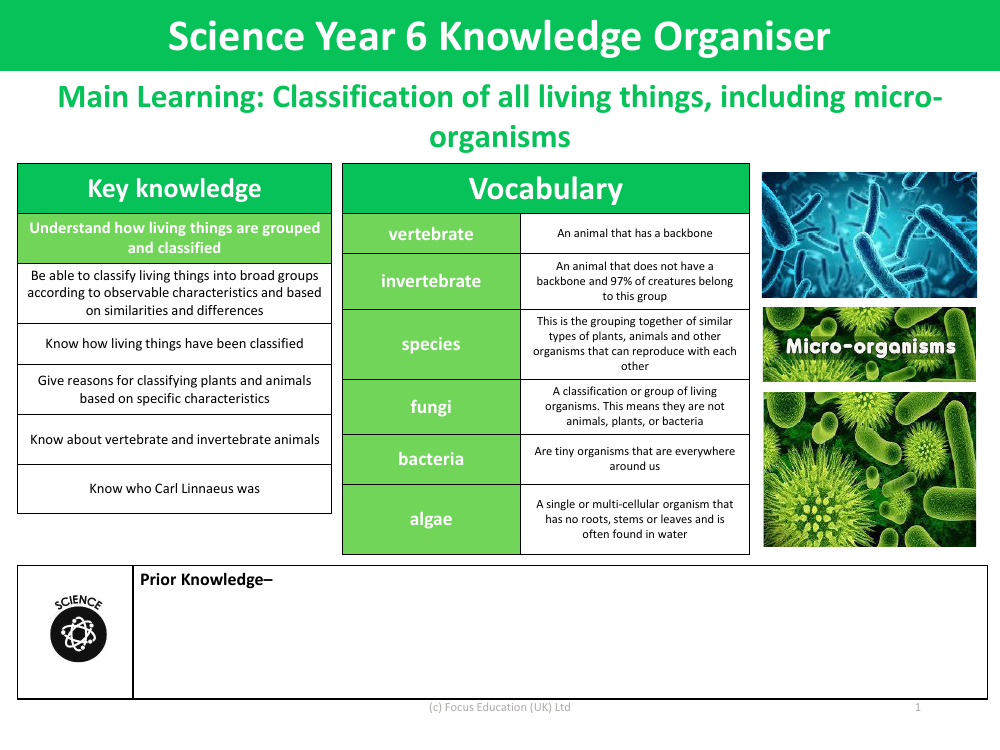
Science Resource Description
The Year 6 knowledge organiser for 'Grouping Living Things' provides essential vocabulary and key knowledge for understanding how living organisms are classified. Students learn about vertebrates, which are animals with backbones, and invertebrates, which make up a staggering 97% of creatures and lack backbones. They explore the concept of species, which refers to groups of similar plants, animals, and other organisms capable of interbreeding. The organiser also introduces fungi, a distinct classification of life that is separate from animals, plants, and bacteria.
Additionally, the organiser covers bacteria, tiny ubiquitous organisms, and algae, which are simple organisms without roots, stems, or leaves, commonly found in aquatic environments. The key knowledge section emphasizes the importance of understanding the classification and grouping of living things, including the ability to categorize them based on observable characteristics and similarities and differences. Students learn the historical context of classification, including the contributions of Carl Linnaeus to taxonomy. The main learning focus ties back to the overarching theme of the classification of all living things, including microorganisms, building on the foundational knowledge students have acquired previously.

